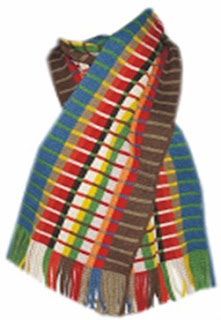Different Methods of Knitted Garments Manufacturing Process
Different
methods of knitted garments manufacturing processes are considering their
advantages and disadvantages.
There are 4
types of knitted garment manufacturing methods.
1. fully cut and sewn method
2. stitched shaped cut method
3. fully fashion method
4. integral method
Method
|
Method
in brief
|
Advantages
|
Disadvantages
|
Applications
|
Fully
cut and sewn method
|
All
required garment pieces are cut from the fabrics and sewn together to
complete the garment.
|
Higher production rate
Fabric are on low cost than other
methods
ease speed knitting of fabric
|
Labor intensive
Higher fabric waste
Higher WIP
Longer lead time
not widely use for wool
|
T shirt
Vest
Underwear
|
Stitch
shape cut method
|
Components
of garments are knitted individually as rectangle poses according to size and
cutting or trimming for side shaping, neck holes and arm holes.
|
Less labor intensive
|
Higher fabric waste
currently this method is not using
|
vest
T shirt
|
Fully
fashion method
|
Components
of the garments are shaped on the knitting m/c at the selvedges by
progressive narrowing.
|
Little or no
cutting wastage
Not liable to fry
because edges of the garment pieces are sealed.
Production is effective
|
Low volume of production (Because time consuming wastage of time
by increasing one decreasing of needle)
|
Sweater
Cardigan
Tights
Stocking
lingerie
|
Integral
method
|
Garments
are produce as one peice.sometimes end and the beginning of the garments must
be joined together.
|
Labor cost is low
Low wastage
Faster
time to market by eliminating the need for sewing any components
|
Different
items in shape and size cannot make.
|
Socks
Hose
Gloves
Woolen cap
pantyhose
|
